Consider the mortar and pestle the food processor of the ancient world. The use of a hard bowl and a small, club-like tool for grinding or mashing food and medicine dates to at least 35,000 B.C. Though a processor is faster, people around the world still prefer a mortar and pestle for the greater control they give the cook and the less uniform texture they produce. Designs vary by culture, determined both by available materials and the ingredients they are used with. Here is a sampling.
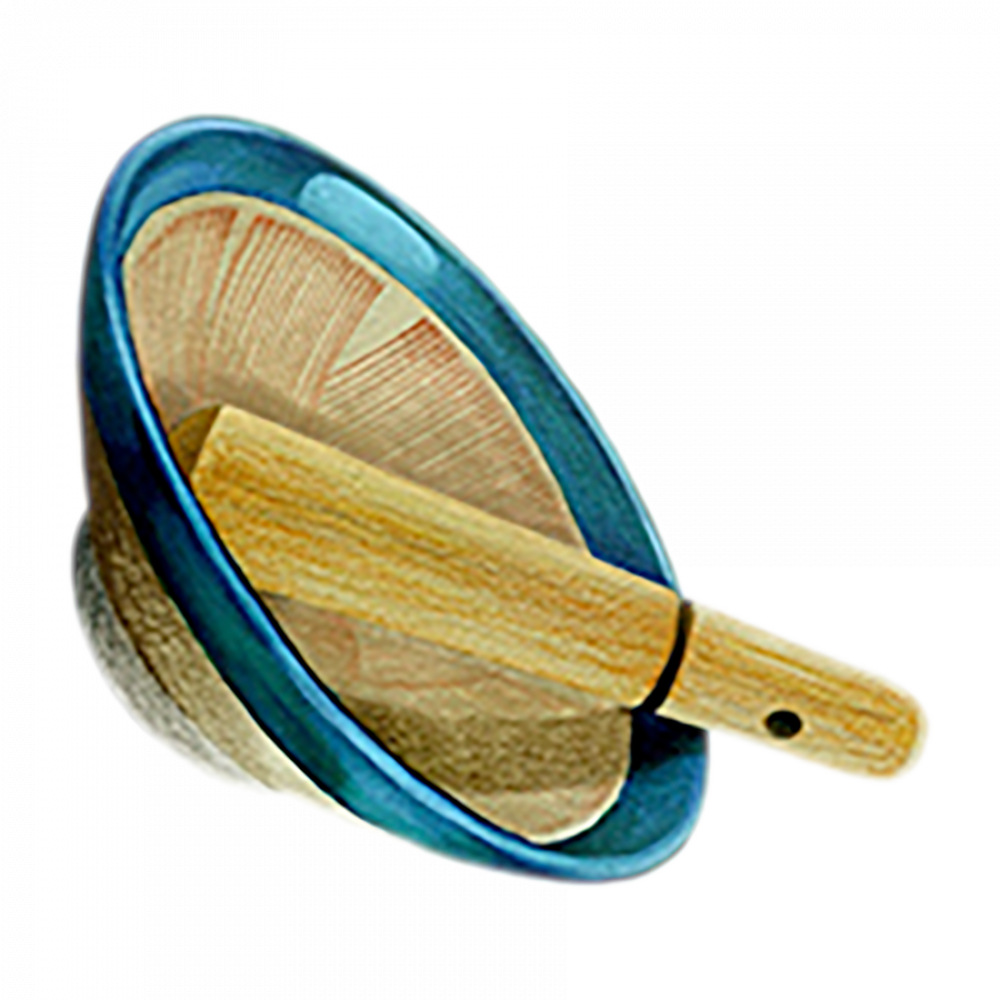
Suribachi
The ceramic bowl of this Japanese tool is glazed on the outside but not on the gently sloping sides of the interior, which is cut with fine grooves that grip ingredients for more efficient grinding. The pestle, called a surikogi, traditionally is made of a soft wood from the prickly ash tree, which doesn’t damage the grooves while grinding sesame seeds, pulverizing nuts or grinding fish to make tsumire (fish balls).
Cobek
This shallow Indonesian mortar and its horn-shaped pestle are considered essential for making sambal, the chili sauce served with every meal. Its rough granite surface is ideal for grinding ingredients under the flat end of the pestle to a chunky consistency. Salt is added at intervals to help break up coarse foods. These rough tools need to be seasoned before use.
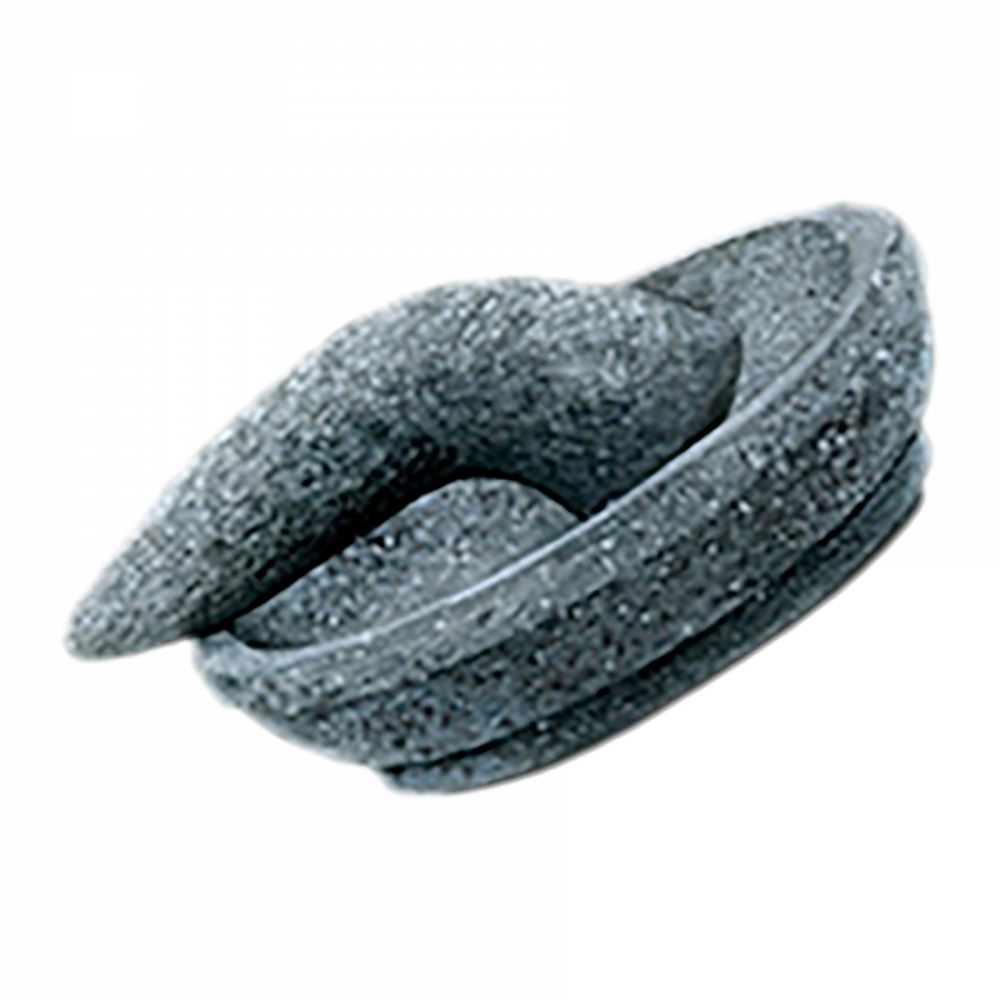
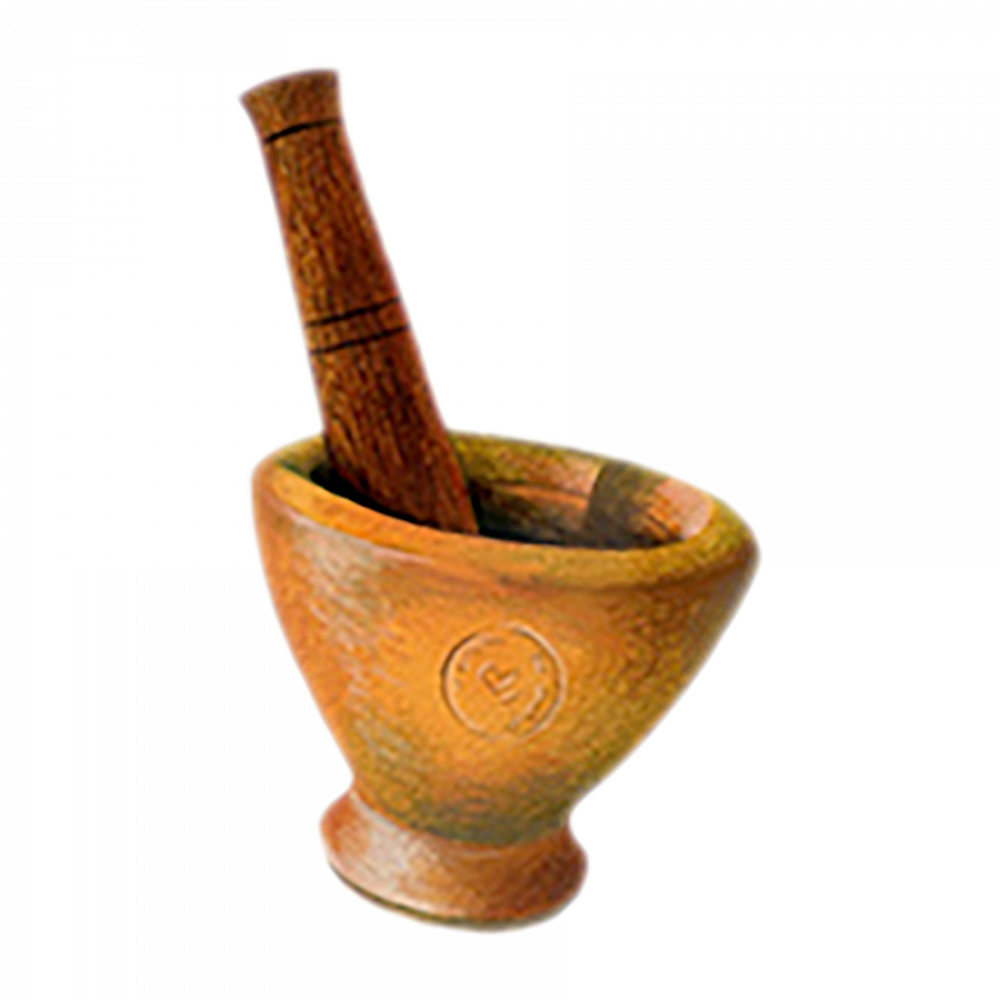
Kruk
Thai mortars are made of either granite or clay, with each serving different purposes. The clay one has tall sides to capture ingredients that are meant to be mashed at the bottom. Cooks “pok pok” (the sound of pounding has become the verb) garlic, chilies, sugar and more to create a paste, then add strands of green papaya to bruise them so they soften and absorb the dressing. The rough sides of a granite mortar, which is shaped more like a bowl, are better for grinding spices into curry paste.
Mortier et pilon
In West Africa, the goblet-shaped mortar and long pestle-—which also goes by wawru undugal, odo na’ and many other names-—still is a traditional wedding gift for a new bride. A smaller one is used to smash fresh ingredients into sauces, stuffings and condiments such as rof, a combination of parsley, chili and garlic. The larger, reaching thigh high, is good for dehulling tough grains like millet, or to make fufu from cassava or starchy grains. The wooden pestle comes with thicker ball- or bat-like ends that create more surface area for grinding ingredients.
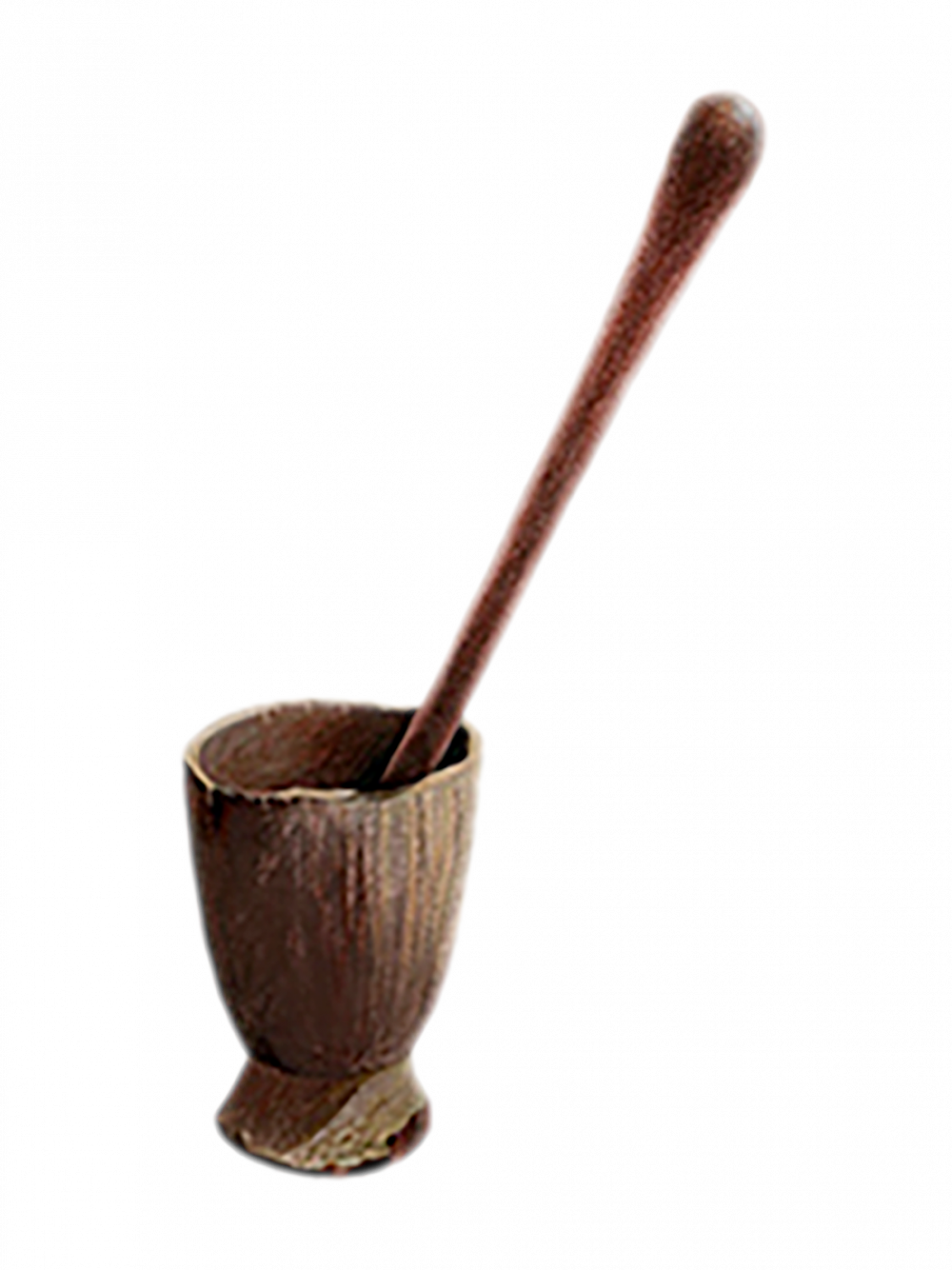
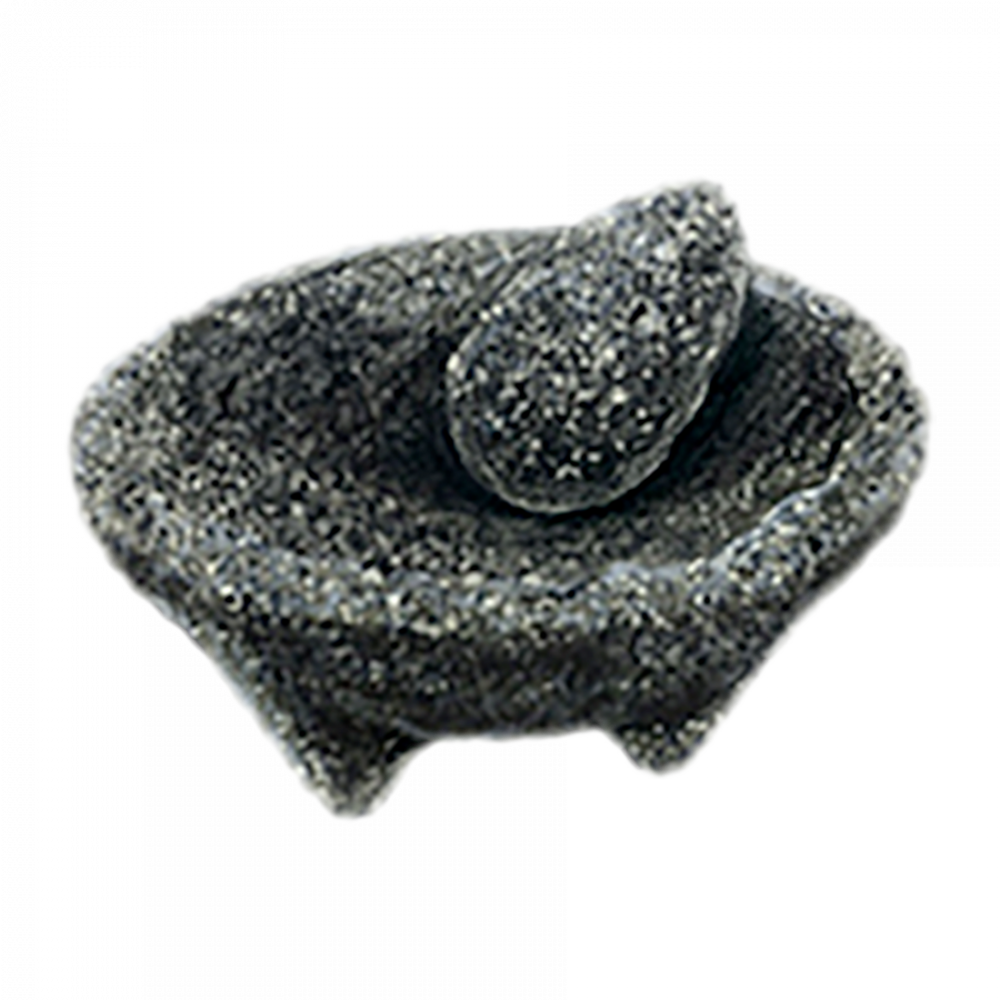
Molcajete
The Mexican molcajete, a name derived from the Aztec words for sauce pot, is a three-footed bowl carved from volcanic rock. Its tejolote, a rough stone of the same material, is used to grind chilies, tomatoes and other vegetables into sauces, guacamole, cacao for hot chocolate and, most importantly, mole. The porous surface is seasoned by grinding rice to knock away loose bits, then mashing garlic, oil and chilies and leaving the paste to soak overnight.



